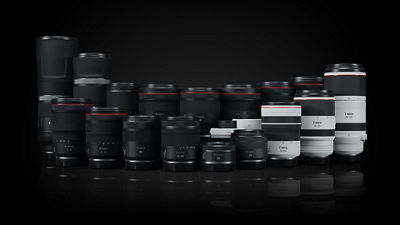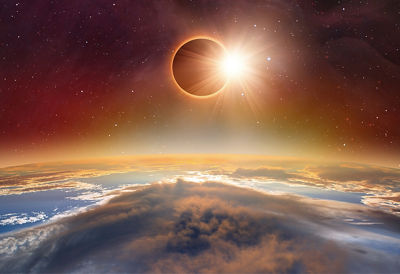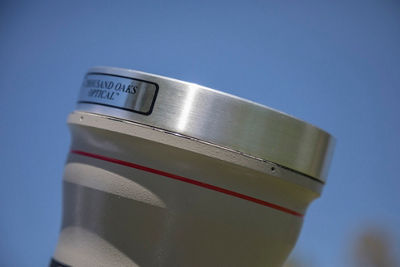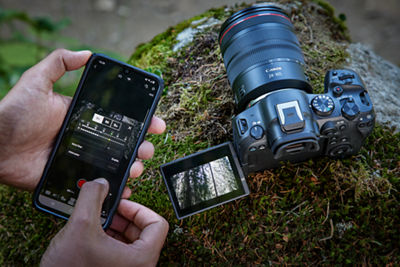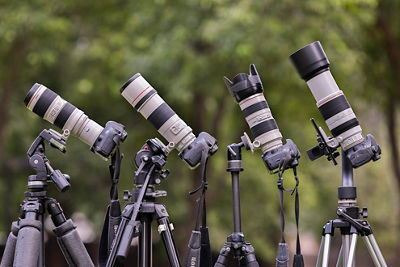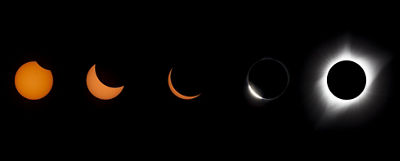North America will experience a breathtaking astronomical event on April 8, 2024 - a total eclipse of the sun. This is the second eclipse in the 21st century. The last was in 2017 and won’t happen again in North America until 2044. What makes this one different than the one in 2017 is the moon lies a bit closer to the earth making it a bit larger in the sky.
You don’t need to be a seasoned pro, anybody will be able to shoot this with the proper precautions, equipment, and techniques. Everyone from novice to professional photographers will be able to photograph it.
Choosing a lens to photograph the upcoming total solar eclipse in April takes a lot more consideration than the camera body to be used because the camera in its simplest terms records the image produced by the lens.
Safety
The foremost concern in photographing a solar eclipse is the protection of your eyes and camera’s lens and sensor. This is achieved by using solar viewing lenses over your eyes and an approved solar filter for your camera and using.
Never look at the sun without accredited and approved solar filtration over your eyes. There are special solar viewing frames that can be used over your eyeglasses or solar viewing glasses for those that don’t wear glasses. Permanent, irreversible eye damage and/or blindness can result in seconds.
Never point your camera into the sun without this special solar filter. All camera lenses need an accredited and approved solar filter. Not using a solar filter at eclipse magnifications will ruin your camera in seconds.
Never improvise, modify or use general neutral density (ND) photography filters. They are totally insufficient to provide the protection your eyes, and your equipment, need. There are reasons for this that we’ll address in an upcoming article. Buy an approved solar filter. They’re inexpensive and are designed for the task.
Choosing Your Lens
Choosing a lens to photograph the sun or moon depends on how large of a sun or moon disk you want. The size of the disk is controlled by two things: your camera's sensor size and the focal length of your lens. You should be looking for a sun disk 1/3 to 1/4 the height of your sensor.
A 400mm lens on an APS-C sensor produces a 1/4 size sun disk. A 400mm lens with a 1.4x extender will produce a 1/3 sensor size sun disk and has an equivalent focal length of 560mm.
If you’re using a full-frame camera, you should be looking for a sun disk ratio-to-sensor size the same as with APS-C sensors. A good sun disk size will be created with 800mm focal length. This can be achieved by using an 800mm lens or a 400mm lens paired up with a 2x extender to produce the 800mm size.
Using a 1.4x extender on an 800mm lens (1,120mm equivalent) on a full-frame sensor will produce a large sun disk but, during totality, you will cut off most of the corona.
Solar or lunar eclipse photography doesn’t always mean large sun or moon disk sizes. If your plan includes shooting a time-lapse sequence of the entire 2.5-hour solar eclipse with a notable horizon or other foreground feature, you will be using some very wide-angle lenses.
Lens Handling Tips
Focusing and viewing the sun’s disk on your LCD monitor — again, using appropriate solar filters on your lens — is the safest way to photograph the sun. If you have a variable angle LCD monitor, you can adjust the angle of the monitor that will provide you a comfortable way to track the approximately 2.5-hour eclipse.
When shooting a rare event such as an eclipse, you don’t want to leave anything to chance. Depending on where you will be viewing it from across the country, the eclipse will happen almost directly overhead. Larger zoom lenses, with heavy glass elements when pointed overhead, may have a tendency to “zoom creep” with time. To prevent this, you can constantly monitor your zoom ring or simply tape it down.
Taping down the focus and zoom rings on your lenses is also a great way to avoid inadvertent movement in the course of handling your gear while photographing the eclipse. If you do use tape, please don’t use conventional “duct tape” that you find at hardware stores or home centers. Blue “painter’s tape” leaves no residue and is a good alternative to “duct tape.” Gaffers tape, available at well-stocked photo and cinema dealers, is stronger, and most importantly leaves little or no sticky residue when you remove it.



